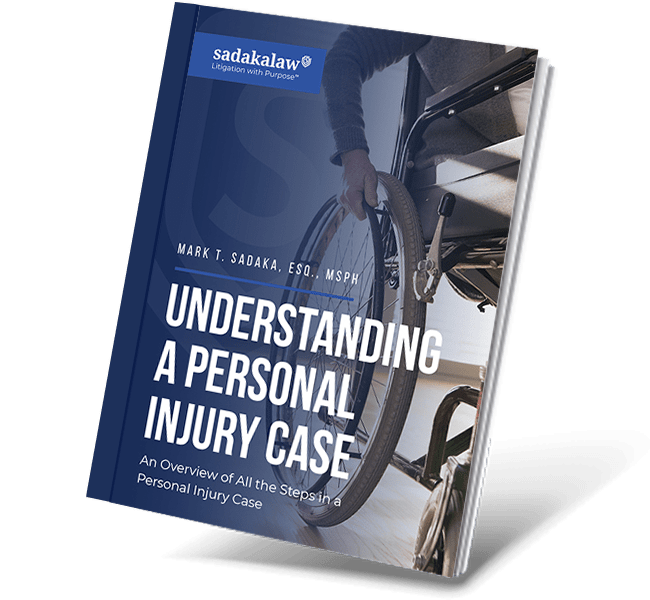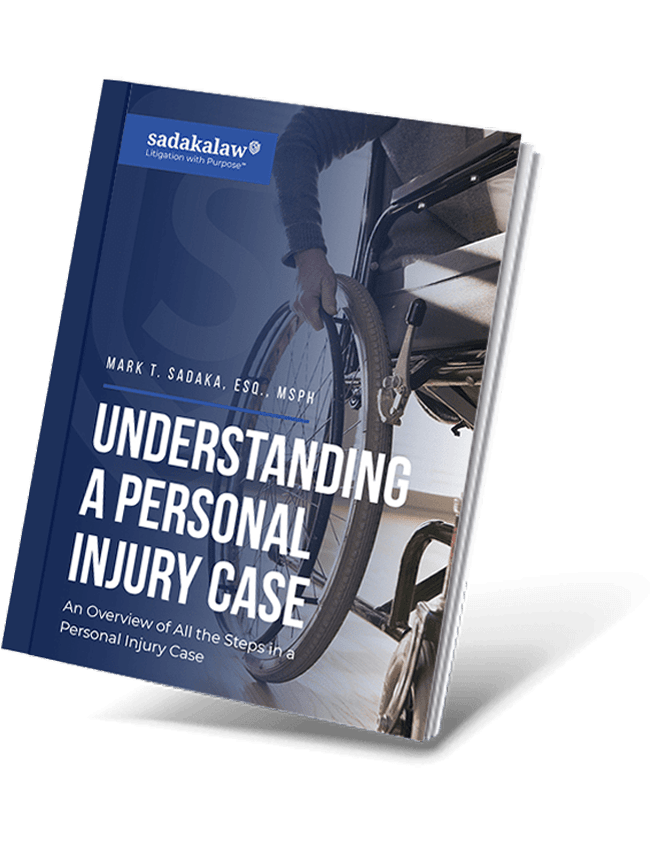
Truck driver carbon monoxide poisoning is underreported and deadly. Driving a truck cross country comes with a lot of risks and carbon monoxide poisoning is one of them.
What is carbon monoxide gas?
Carbon monoxide (CO) is a toxic gas that is produced when certain materials are burned. It is often called the “silent killer” because it cannot be seen or smelled, and it can cause serious health problems or even death. CO poisoning can happen quickly and without warning.
Carbon monoxide, or CO, is an odorless gas without color or taste that can cause sudden illness and death. Each year, several thousand American workers are killed outright from carbon monoxide exposure, making the toxic gas one of the most dangerous and widespread industrial hazards. Carbon monoxide poisoning causes more deaths than any other toxic agent except alcohol. At least another 10,000 workers suffer from the debilitating effects of high-level exposure. Millions more are subject to low-level, long-term carbon monoxide exposure, the effects of which are not well defined.
Symptoms of CO poisoning include headache, dizziness, nausea, shortness of breath, and confusion. High levels of CO can cause loss of consciousness and death. If you think you have been exposed to CO, get fresh air immediately and call 911 or your local poison control center.
Why are truck drivers at risk for CO poisoning?
As if truck drivers don’t have enough to worry about. Recently there have been several accounts of truck drivers having CO poisoning from their semi-trucks.
For example, an Ohio truck driver was flown to the hospital from a local trucking company after falling ill, apparently from carbon monoxide poisoning. According to the report, deputies were called to the Millis Transfer Inc. trucking company. The driver said there was an exhaust leak in his truck he hadn’t known about and was feeling ill after driving for a while, according to emergency responders.
Or how about, when a Canadian truck driver named Bruce Kidd, was found dead in his cab a week after his propane heater created an overwhelming amount of carbon monoxide inside the truck. News reports said temperatures were near freezing when Kidd probably turned the propane heater on.
Many drivers carry heaters to melt ice, to keep warm, etc. in the winter months, and this poses a risk such as the same as with campers because carbon monoxide poisoning is especially dangerous in closed quarters. However, carbon monoxide can also occur due to a mechanical defect that could result from faulty exhaust equipment on the trucks. Although diesel fuel combustion engines produce much lower concentrations of carbon monoxide (CO) than gasoline engines, these emissions could certainly generate enough toxic gas to cause neurological damage or death.
 Incomplete or poor maintenance of exhaust systems is the number 1 cause of carbon monoxide emissions into the cab.
Incomplete or poor maintenance of exhaust systems is the number 1 cause of carbon monoxide emissions into the cab.
There are several ways that CO concentrations can rise to dangerous levels in the cab of a truck. One way is through the engine exhaust system. If the truck has an older model engine, or if the truck is not properly maintained, carbon monoxide emissions can leak into the cab.
Another way truck drivers can be exposed to carbon monoxide is by idling the engine for long periods. This often happens when the driver is taking a break or sleeping in the cab. Carbon monoxide can build up in the cab if there is a hole or crack in the exhaust system. Small heaters used in cabs can cause carbon monoxide poisoning if they are not properly vented.
Truck drivers can also be exposed to carbon monoxide fumes when they are pumping gasoline. If the gas pump is not vented properly, carbon monoxide fumes can build up in the area and be inhaled by the driver.
Brain damage can occur at medium or high levels of carbon monoxide poisoning.
Common symptoms of low levels of carbon monoxide poisoning are shortness of breath, mild nausea, and mild headaches. Neurological damage can be seen with moderate levels of CO exposure, with symptoms of dizziness, light-headedness, confusion, drowsiness, rapid breathing or pulse rate, vision problems, chest pain, convulsions, seizures, and loss of consciousness. High levels of CO inhalation can cause loss of consciousness and can be fatal causing death within minutes. Brain damage can occur at medium or high levels of carbon monoxide poisoning.
Prevent carbon monoxide poisoning for less than $13.00.
A carbon monoxide detector for the cab of the truck can prevent CO exposure. Another way truck drivers can prevent poisoning is to perform regular maintenance checks. Sometimes garages or company maintenance crews do not perform proper maintenance which can cause high concentrations of carbon monoxide in the cab. If you or a loved one suffered carbon monoxide poisoning call us, we want to hear your story.
How do you test for carbon monoxide poisoning?
A blood test is the most common way to test for carbon monoxide poisoning. This can be done at your doctor’s office or a hospital. A blood test will show how much CO is in your blood.
CO poisoning can also be diagnosed with a breath test. This test measures the amount of CO in your breath.
CO poisoning can sometimes be diagnosed with a skin test. This test involves putting a special gel on your skin. The gel changes color if you have been exposed to CO.
If you think you have been exposed to CO, get fresh air immediately, call 911, and seek medical attention.
How is carbon monoxide poisoning treated?
CO poisoning can be treated with oxygen therapy. This involves breathing in pure oxygen through a mask or a tube. Oxygen therapy can help reduce the amount of CO in your blood and improve your symptoms.
In some cases, you may need to be treated in a hyperbaric chamber. This is a special chamber that helps increase the amount of oxygen in your blood. Hyperbaric treatment can be used for people who have severe CO poisoning or who are not responding to oxygen therapy.


